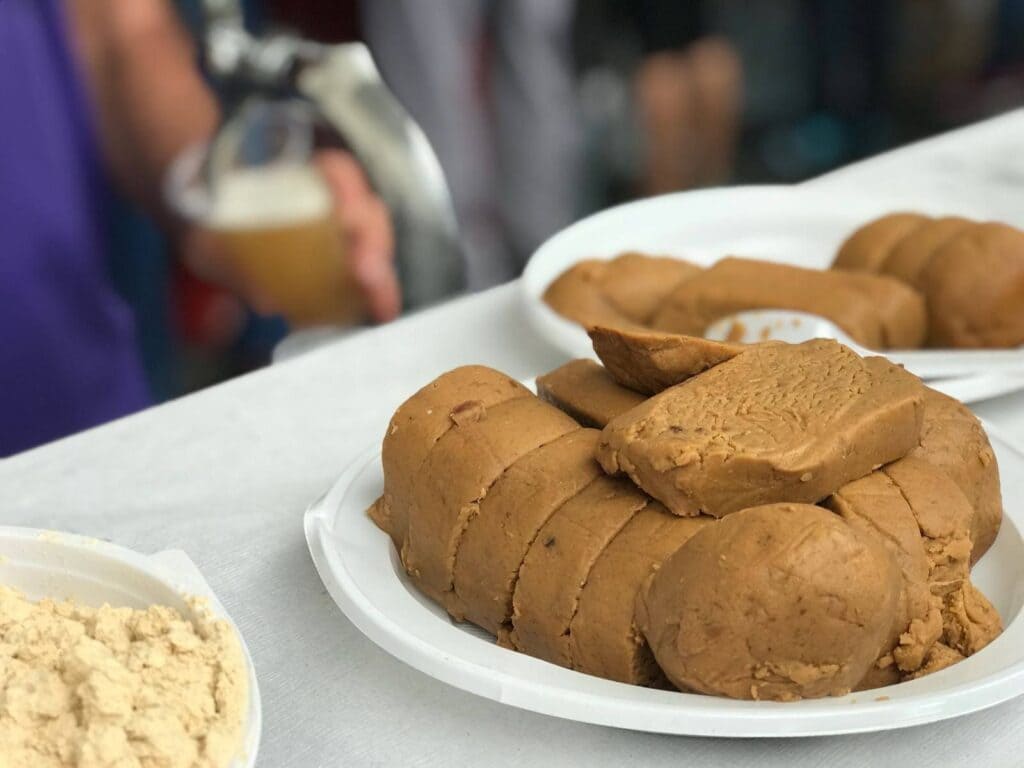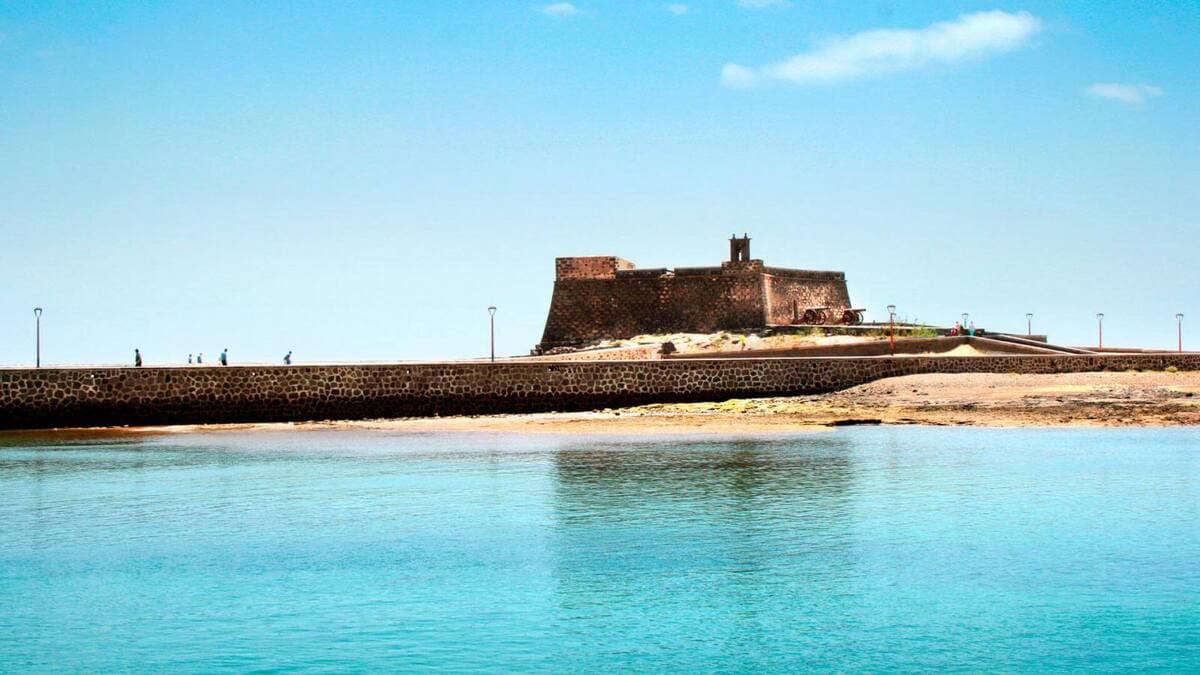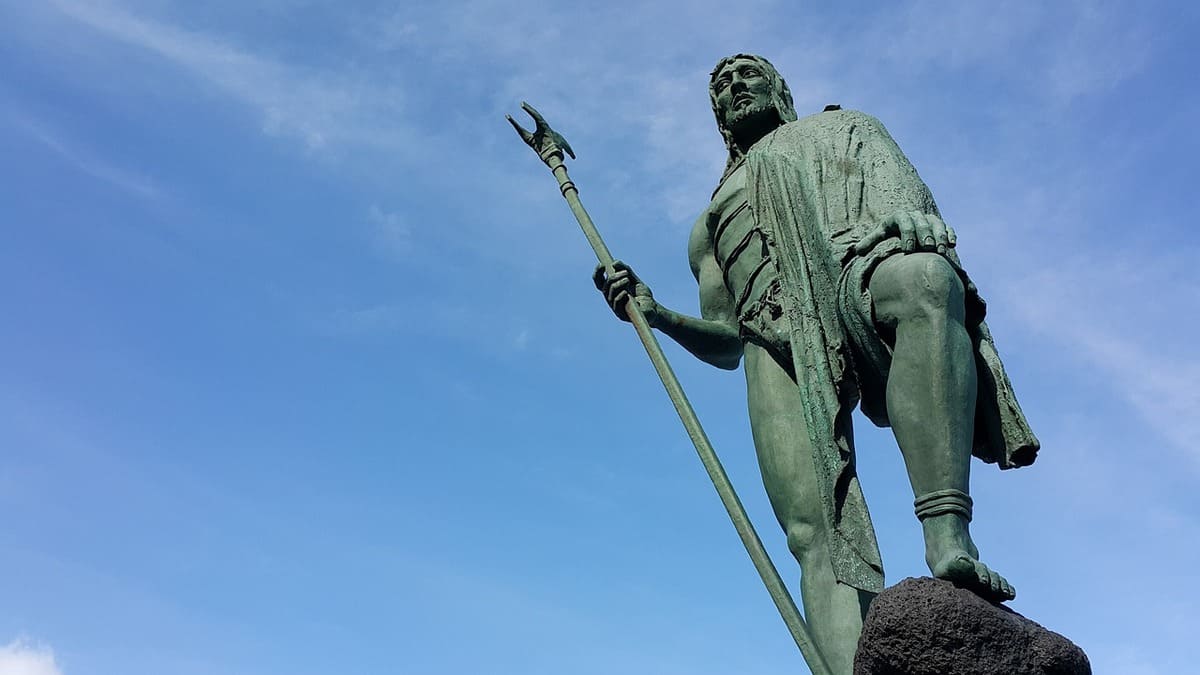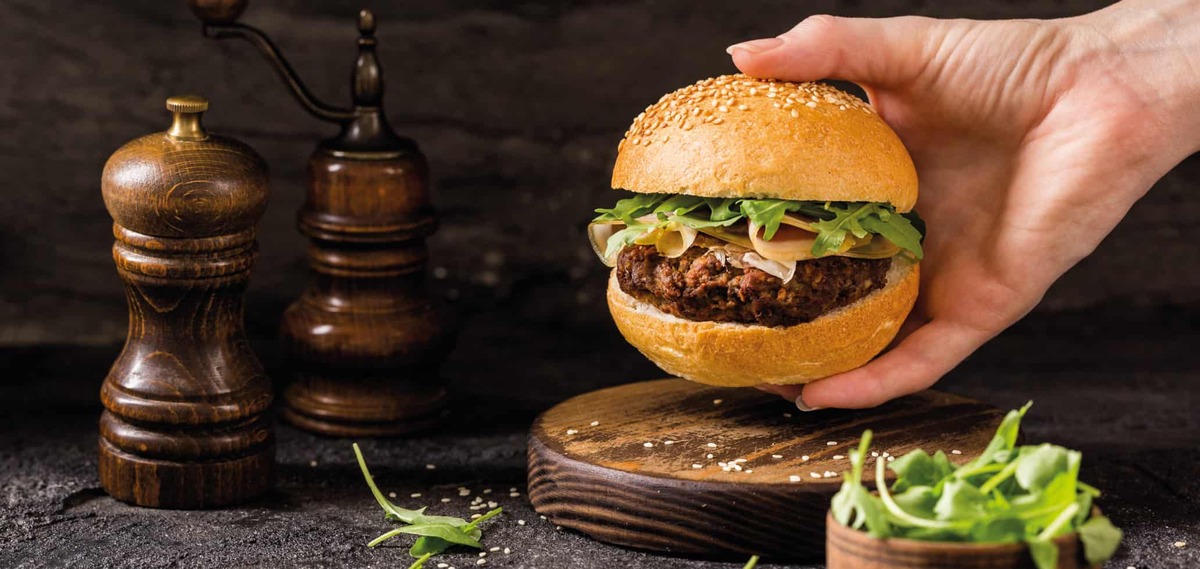A new generation of Canarian winemakers has emerged from the past and their new projects give us a glimpse of the future of the special viticulture of the Canary Islands. They all have in common a commitment to history, quality, sustainability and love for their profession. Sustainable, creative, fresh projects, and above all with a genuine Canarian character, aimed at transmitting through their winemaking the many unique features of their vineyards and, above all, the unique characteristics of the landscape that welcomes them. Canarian wines are in fashion.
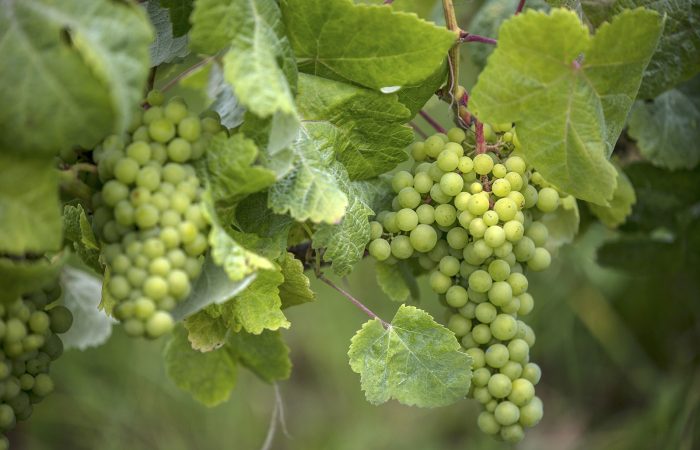
In Marca Canaria we have made a first selection of projects, this time covering three islands: Puro Rofe and Akaet, in Lanzarote, Sortevera and Atlante, in Tenerife; Ikewen and Lava, in Gran Canaria. A first list that will undoubtedly be continued in future articles.
On the island of Lanzarote we highlight the project of Pure roffeThis is the work of Rayco Fernandez, Silvia, Vicente, Ana and Ascensión, together with Carmelo Peña Santana, from Bien de Altura (Ikewen), and whose maxim is "to bottle up the landscape", a declaration of intentions that contains a very clear philosophy, love for the land and tradition. Vineyards in Masdache, La Geria, Montaña la Vieja, Tisalaya, El Grifo, Juan Bello... Beautiful vineyards, which as they say "are like gardens". The volcanic activity of centuries has buried the most fertile soil under multiple layers. The islanders dug holes where to cultivate the vines, protecting the vineyards from the strong Saharan winds and at the same time avoiding the evaporation of water due to the heat. This created one of the most incredible wine-growing landscapes on the planet, a black landscape full of holes dug in volcanic ash(rofe).
Its wines, from traditional vineyards in La Geria, are a perfect reflection of the terroir of Lanzarote. They are handcrafted in a typical wine press on the island, with minimal intervention, so its wines only leave the cellar when they are ready to be enjoyed. White Rofe, Red Rofe, Tilama, Masdache and Chibusque, and from this year, Rosé Mentidero, Masapei Vermouth and El Chaboco Muscatel. Today we highlight Puro Rofe t into 2018, D.O. Lanzarote, is a juicy red wine, with fresh red fruit aromas, volcanic notes; fresh, crisp and light in the mouth and a bright acidity, with a marked island identity. It is made with the native variety listán negro. A wine with a genuine Canarian stamp, hand-picked and selected, spontaneously fermented, with native yeasts, without clarification or filtering. An elaboration that respects the environment. A great wine.
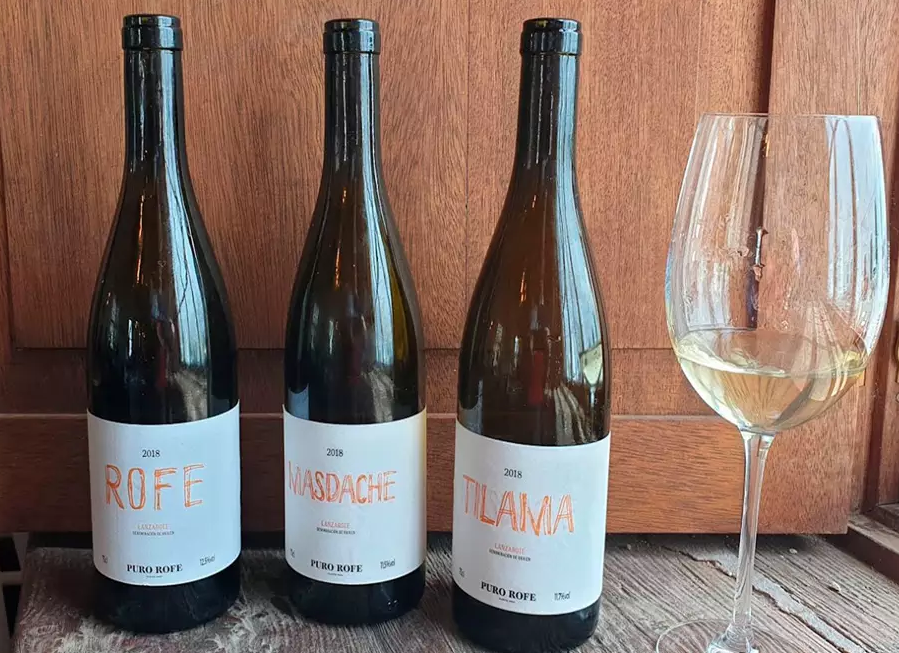
In Lanzarote, the project of the winery also draws attention Akaet. A project by Juan Manuel Ramírez, oenologist and agricultural engineer, which aims to recover old plots of land with great varietal heterogeneity and great variability of soils and landscapes, and to produce absolutely sustainable wines. Juan distinguishes two estates: the Haría plot in the Malpaso Valley, which is volcanic malvasia, diego and listán blanco, and the Guatisea plot, which is 90 % malvasia. Everything is organically grown.
The oenologist is a defender of wines in amphora, so the Guatisea wine is stored in a ceramic amphora in order to give it "a differentiating contribution", so that at an aromatic level and in the mouth the flavors are different. The use of this material allows him to "take care of the wine a little more".
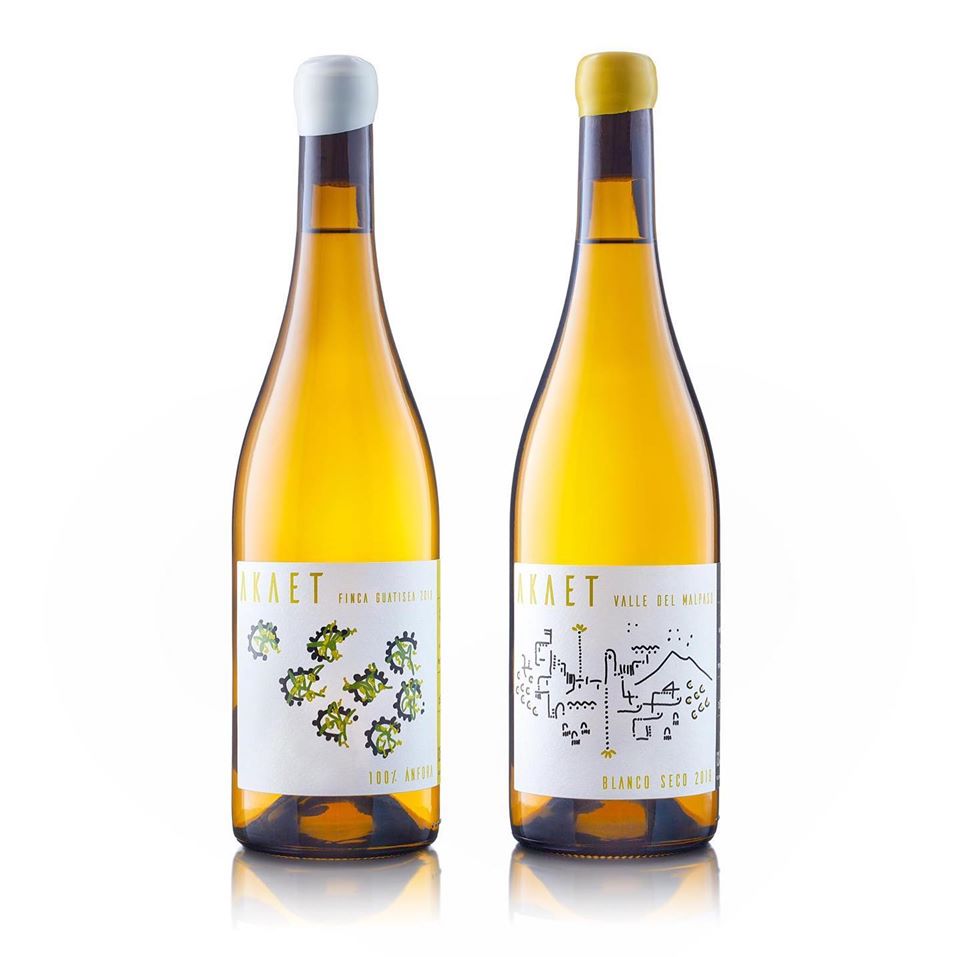
In Tenerife, the unique wines of SorteveraThese come from vineyards in the rugged volcanic terrain of Taganana in the northwest, where the oldest vines on the island are found. Sortevera is a project to create special wines by Jose Angel Alonso Ramos, the winegrower who owns plots of land in Margalagua, Las Fajanetas and Amogoje, and Jonatan Garcia (Suertes del Marqués, one of the 100 best wineries in the world according to Wine & Spirits), who is in charge of the winemaking process. Sortevera blanco (marmajuelo, forastera gomera, listán blanco, gual, vijariego blanco and malvasía varieties), Sortevera clarete (60% white grapes and 40% red grapes) and Sortevera tinto (listán negro, listán gacho, mulata, vijariego negro, moscatel negra, tintilla and 5% white varieties), are wines with an amazing complexity and denomination Valle de La Orotava. 2019 has been a short vintage, as there will only be 600 bottles of white Sortevera, 600 of claret and 1250 of red.
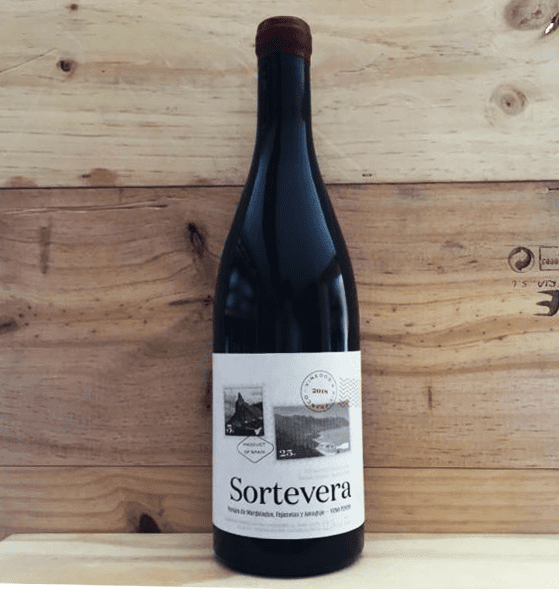
Also in Tenerife, the new generation that drives Atlante WineryThe winery boasts of the small size of its cellar, of its cultivation of braided cord, of its traditional and artisan way of doing things, inherited from its ancestors, but contributing with its new knowledge about the process of elaboration and with a very clear idea of the wines that they want to elaborate.
Located in the Orotava Valley, where the volcanic soil is undoubtedly influenced by the sea, in its vineyards of centennial vines grow native varieties of Canarian grapes such as Listan Blanco de Canarias, Albillo Criollo, Listan Negro and Vijariego Negro. On hillsides with an average height of 500-600 m and kissed by the trade winds, the braided cordon requires care in all its stages, from pruning to harvesting, always with handcraft maintenance, due to the uniqueness of the terroir. The processes of the wine are natural, for that reason native yeasts are used. These two wines that we bring here are the result of their love for their work: Atlante red and white:
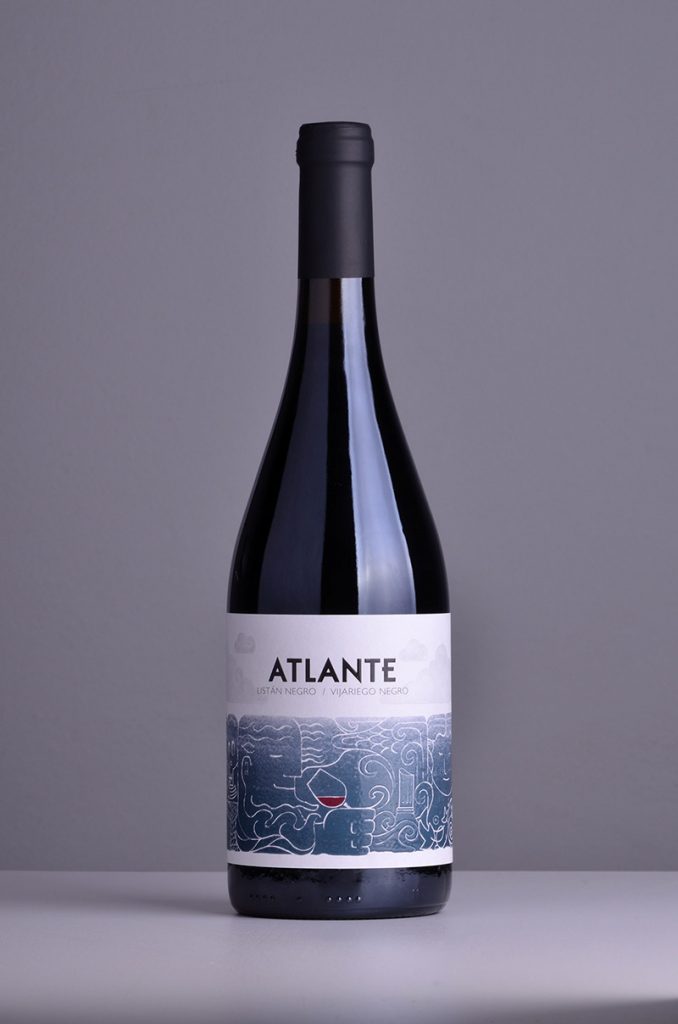
Atlante Tinto, D.O. Valle de La Orotava, is made with the non-native varieties of black listan and black vijariego from vineyards over 80 years old in the La Quinta estate, with volcanic soil, clay and basalt stones, grapes harvested by hand and selected, aged 12 months in French oak deposits. Cherry red in colour, it is a wine with good structure, mineral notes, pepper, blackcurrant and violets, very silky in the mouth, a wine to enjoy with traditional cuisine meat dishes, vegetable stews or stuffed pasta in general.
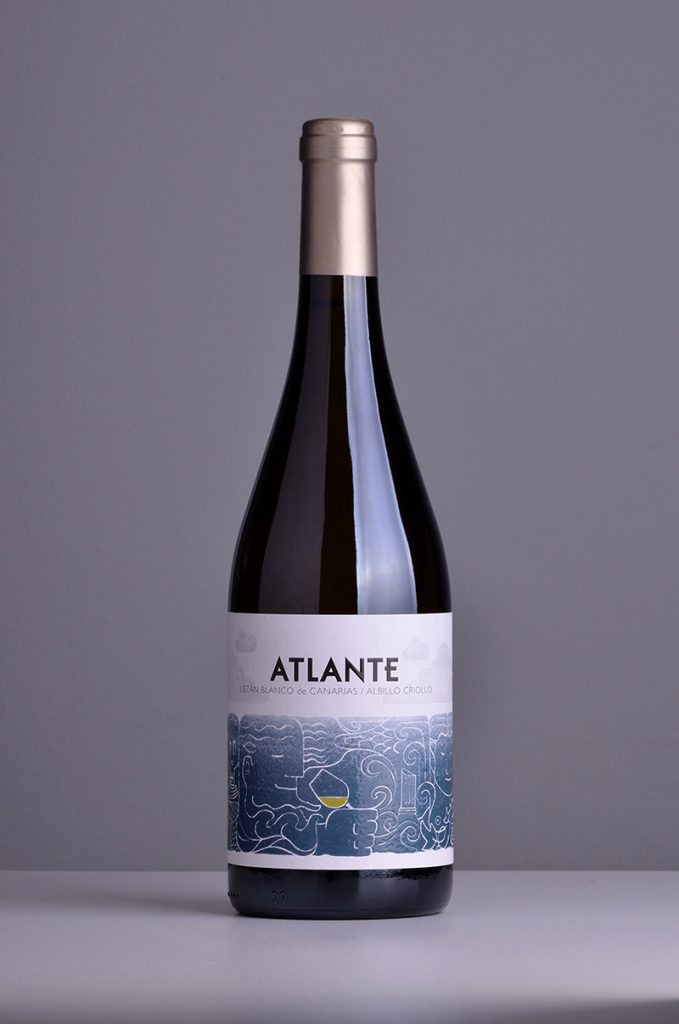
Atlante blanco, D.O. Valle de La Orotava, is elaborated with the varieties listán blanco de Canarias and albillo criollo, coming from the estates La Cruz Santa and Los Topes; it is also a naturally selected vintage, it is a dry white, with volcanic memories, honey and mature fruits. It has an intense straw yellow colour, with a touch of herbs and unctuous in the mouth. With great balance, like its red brother. It pairs perfectly with spicy dishes, such as Asian cuisine, white meat or fish with sauce. Aged in tanks for 12 months.
On the island of Gran Canaria, we would like to highlight Carmelo Peña Santana's project, Bien de Altura, with the Ikewen wines, organic wines produced in the heights of San Mateo and Santa Brígida, in the centre of the island, wines without intervention or artifice, without filtering or clarifying, born from organic vineyards that perfectly represent the terroir of Gran Canaria. In 2019 Carmelo Peña's wines made it onto the Parker list, the first time a Gran Canaria wine had such a distinction. The young winemaker works with vines that are over 120 years old, abandoned ten years ago, with the aim of defending history, the land and, in short, the origin(ikewen, in Berber), as well as his respect and passion for gastronomy. Recently his project has received great support thanks to the American group Viticole Wine Club, which will sell Ikewen wines to its members to raise funds for the Covid-19.
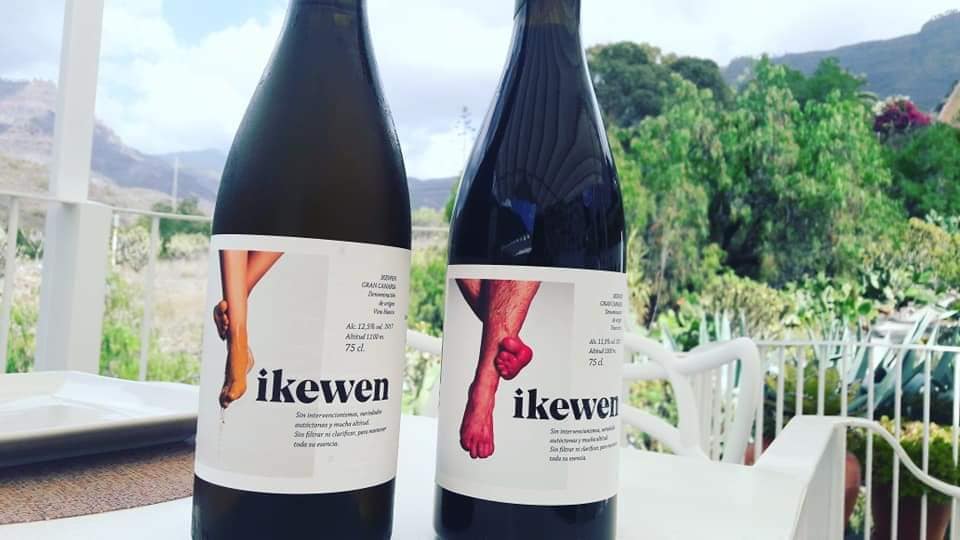
Ikewen red comes from vineyards that are over 80 years old, growing at heights of 1,200 to 1,460 metres (hence the name Bien de Altura), a brilliant and delicate wine, one of the wines of the future in Gran Canaria, without a doubt. Ikewen white, on the other hand, has Canarian varieties such as listán, albillo, malvasía, vijariego blanco, from vineyards at an altitude of 1,100 metres, although it is no longer produced.
Also on the island of Gran Canaria Lava WineryAnother small, family-run winery with a short production run by winegrower and oenologist Juan Manuel Martín Monzón and his two brothers, Mari Carmen and Guillermo. Lava has three plots, one in Santa Brígida, in the northern part of the island, another in San Mateo and another in Artenara. Leased vineyards, located between 700 and 1,100 metres. The Lava Red of the Year, which is its flagship, is a blend of the three plots, where the varieties Listán Negro, Vijariego Negro, Titintilla and a small percentage of Baboso Negro are grown for its Lava Red, DO. Gran Canaria, whose 2017 vintage was singled out by El Bulli's sommelier, Ferrán Centelles, in 2018 as one of the five best wines in Spain, for its maximum level and authenticity, and he highlighted its freshness and ashy aroma, with a very authentic, distinctive style (unfortunately, Lava 2017 is no longer available).
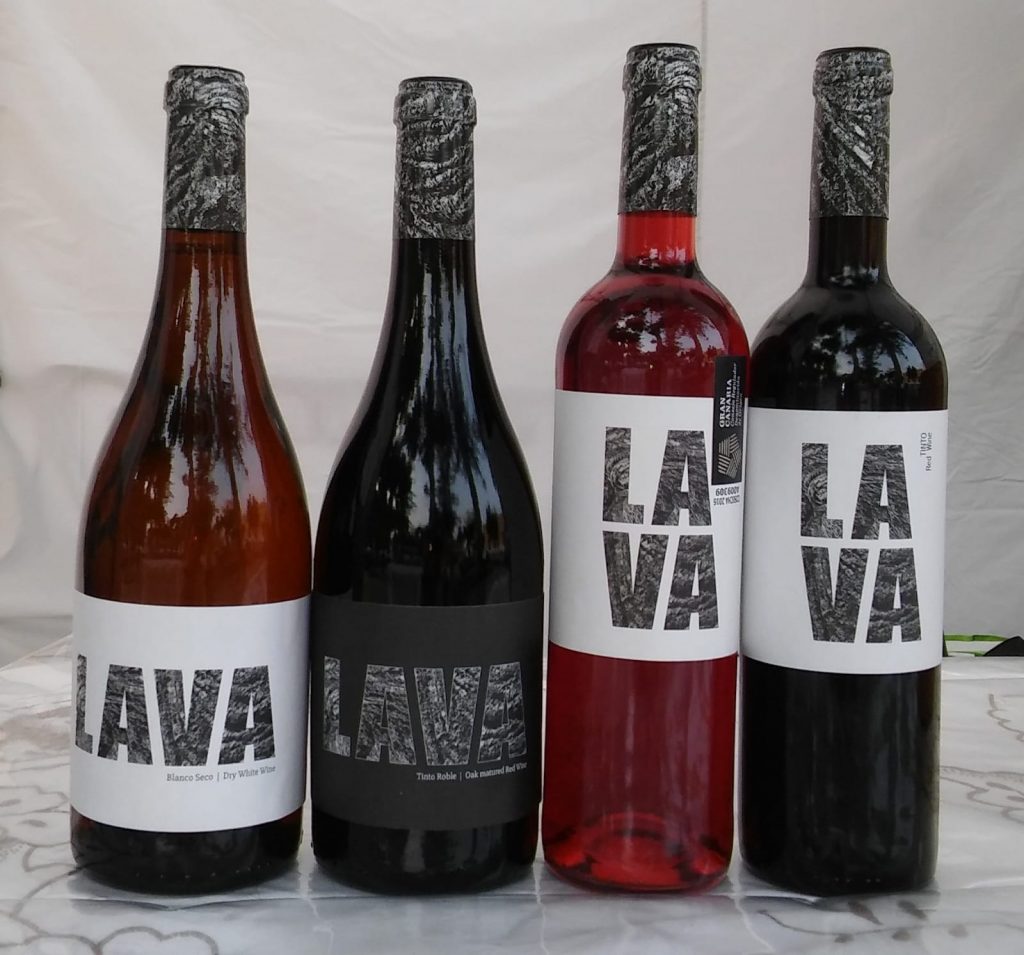
Bodegas Lava is consolidating, and although its production is short, and its wines are practically sold in Gran Canaria (they are producing to cover the current great local demand), the winery intends to grow in the short term.
Wines from the Canary Islands are definitely different to the palate: they are characterised by their freshness and great expression at the table, they have great gastronomic value and cannot be compared to any other, as the great sommelier Ferran Centelles says.
Photos: Own wineries (main image, Atlante), Mogán Valley Restaurant (Ikewen), thesolentcellar.co.uk.
